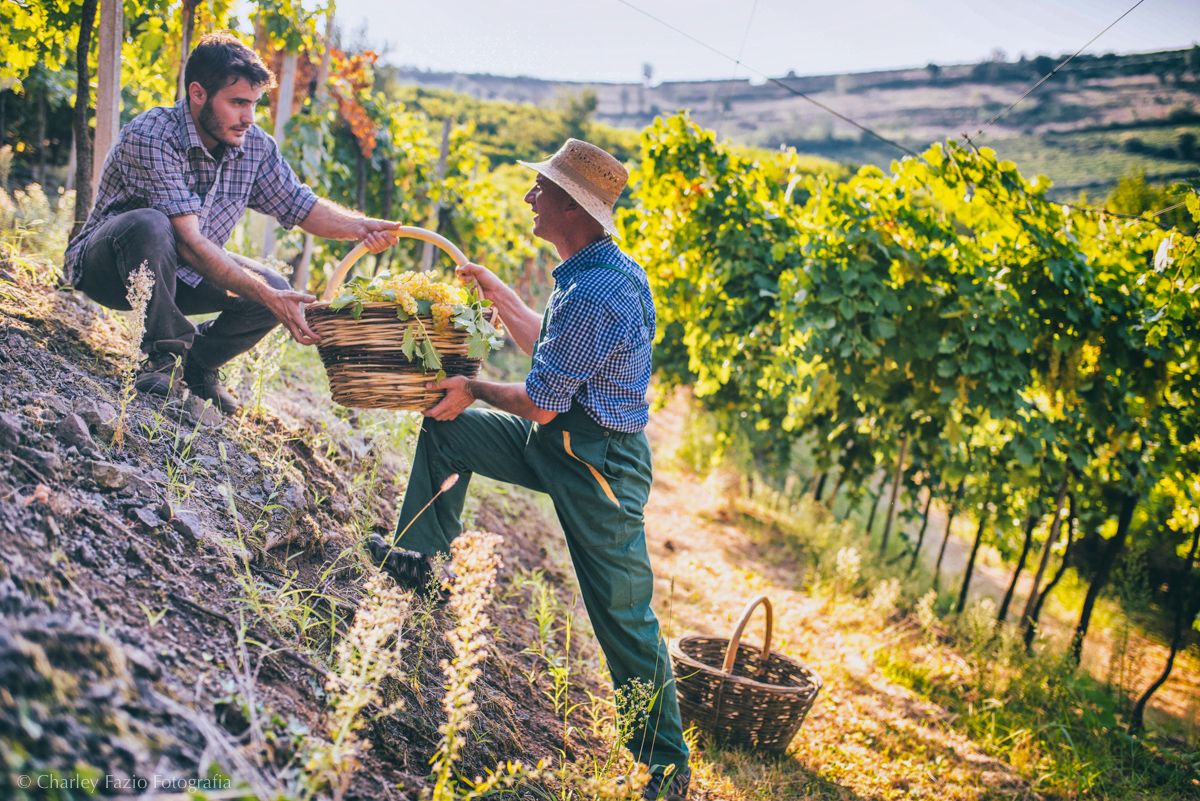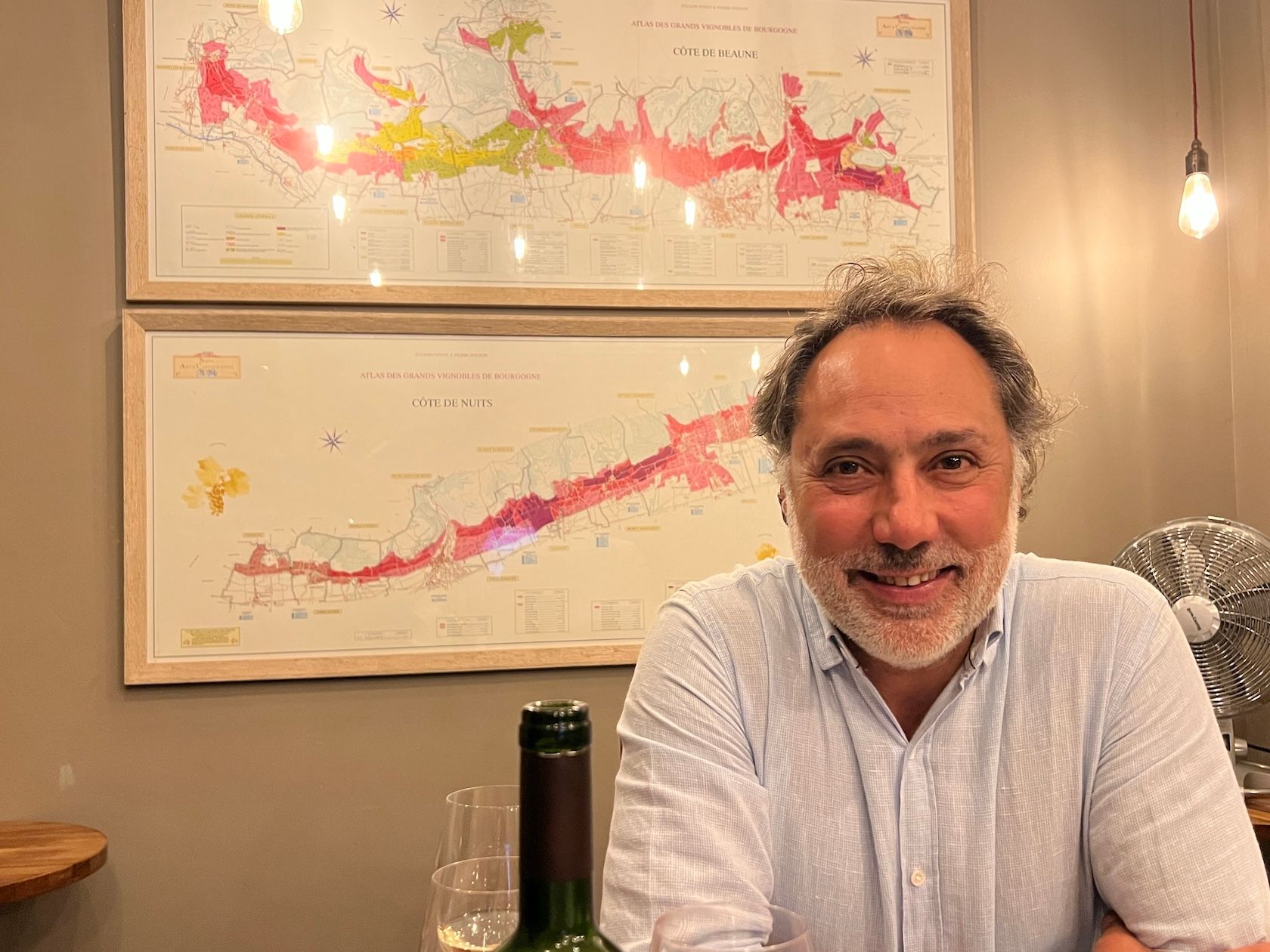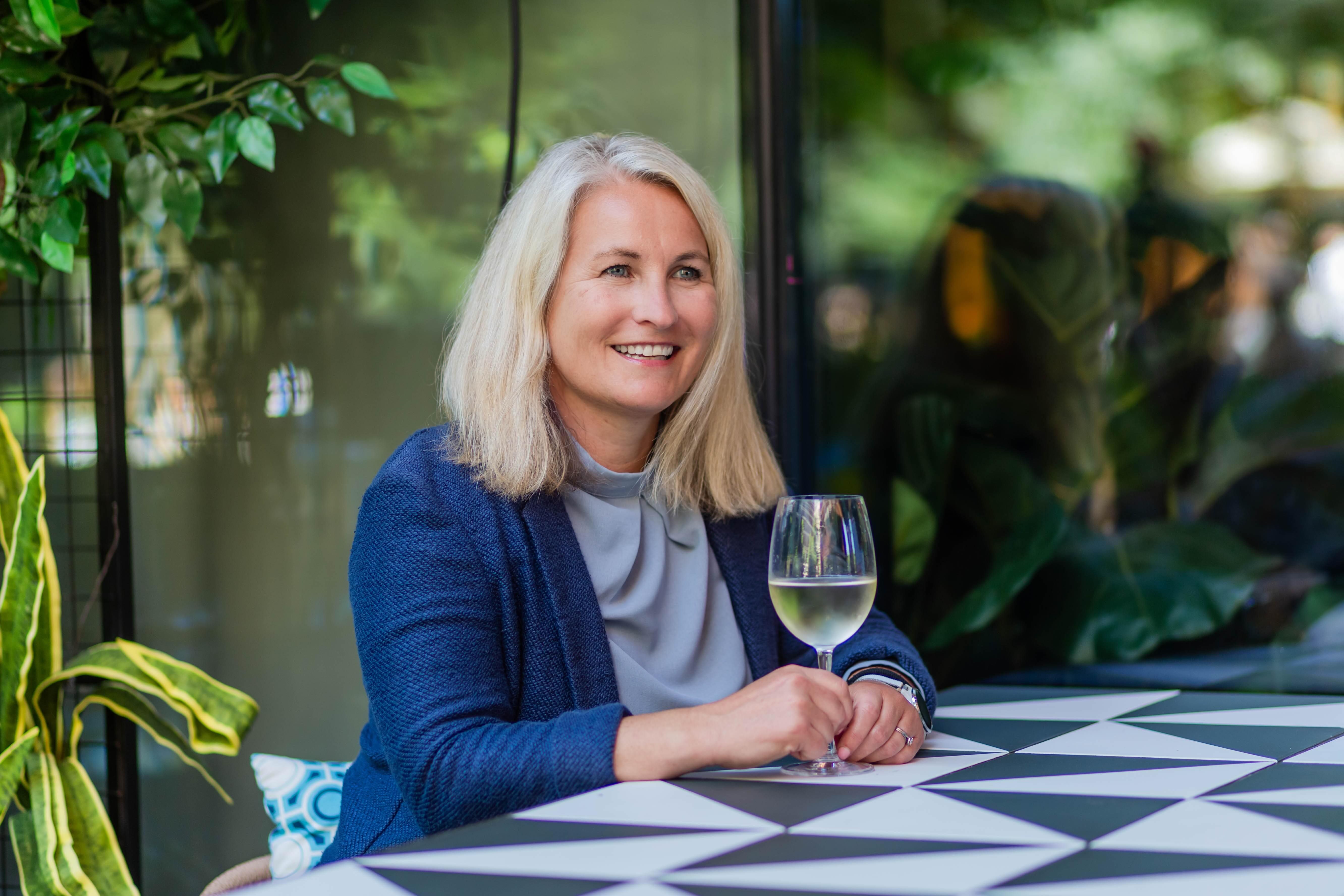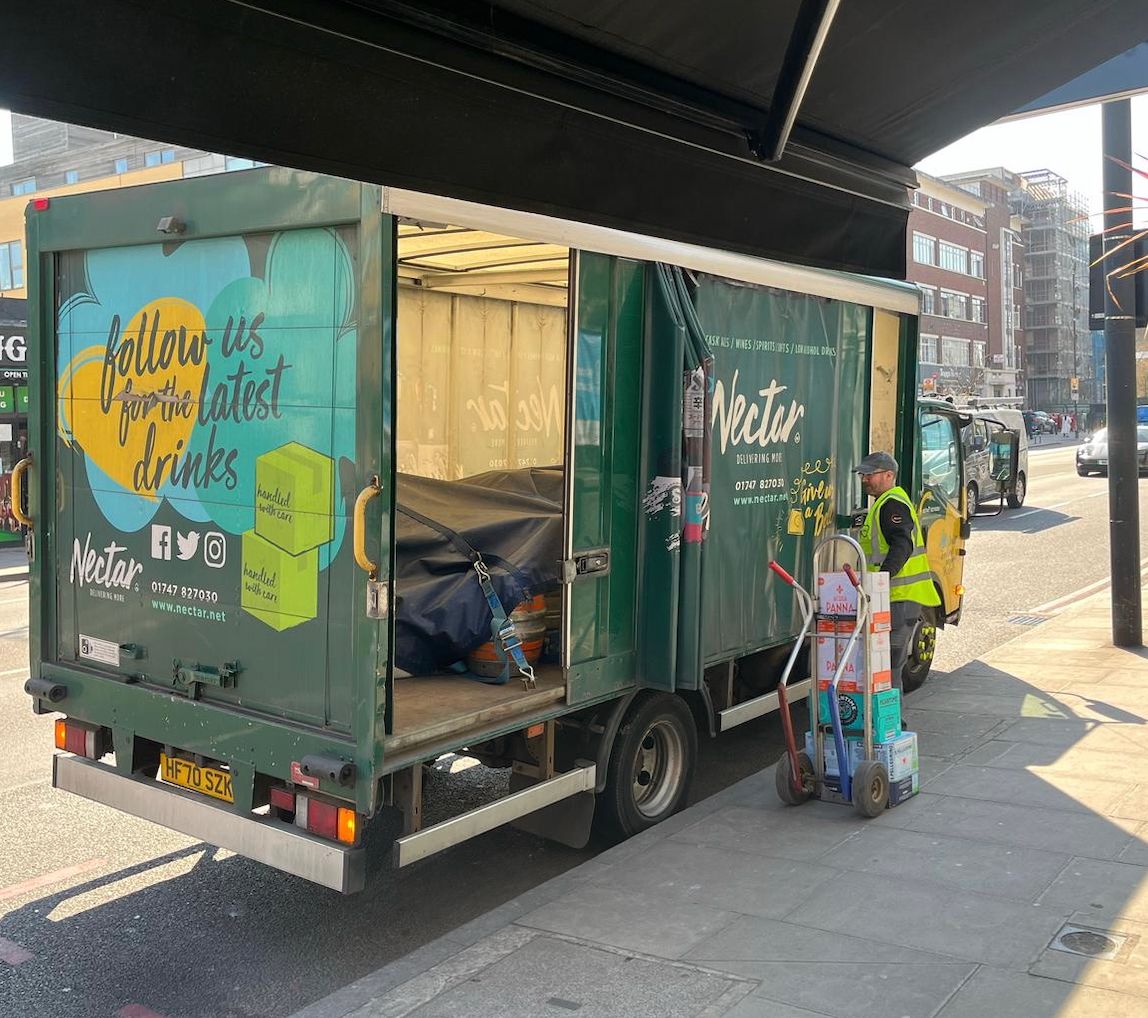How much Soave do you have on your wine list, and at what price? Sarah Abbott MW thinks its time to rethink Soave and next week’s London tasting hopes to prove it.
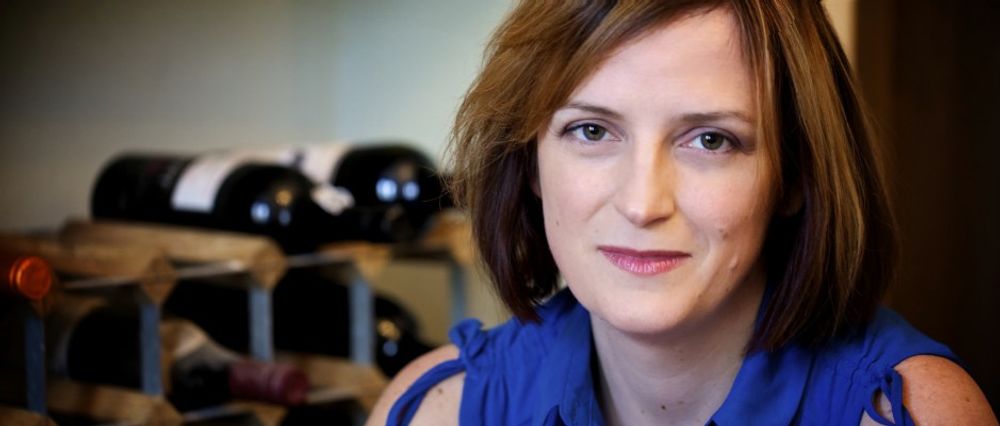
Sarah Abbott MW hopes to help buyers re-engage with Soave wines
Soave is one of the great Italian classics. Why are you looking to host this Soave tasting now?
In one sense Soave is a classic – like the Victorian novel that everyone thinks they know. It is probably the most famous and definitely the most exported Italian still white wine. Garganega has been grown on the Soave hills for centuries. Soave was the first white wine in Italy to receive ‘vini tipici’ recognition in the 1930s, pre-dating the DOC system.
But Soave is poorly understood. Like the long ago read novel that it is time for you to read again. The post-war drive for consistency and efficiency made this small area (less than half the size of Valpolicella, or Chianti) commercially successful. Eighty per cent of Soave is exported, to 70 different countries. But despite the hundreds of truly premium wines from scores of world-class producers, awareness of this fine-wine side of Soave is very low. It is still too easily dismissed.
In recent decades the Consorzio has put huge efforts into driving this premium sector. They have researched the terroirs of Soave, mapping each vineyard, and analysing their composition and effect on wine style. They have identified the importance of both volcanic and limestone soils. They have researched and championed the importance of Garganega (the daddy of Italian white grapes) and Trebbiano di Soave in defining the Soave style. They have researched the role and relative benefits of different training systems, including the Pergola Veronese. They have partnered with the World Biodiversity Association.
The Pinot Grigio craze has helped Soave refocus on quality because many vineyards on the plains have been replanted to produce Pinot Grigio Veneto. So Soave has run back for the hills, which is where it came from.
There is a new generation of young winemakers in Soave who are proud of their terroir, and its nuances, and are determined to show that in the wines. There are not just half a dozen producers making elegant, top quality, mineral, nervy Soave. There are scores of them. There have been glowing articles on Soave from influencers, but still awareness is low of this fine wine side to Soave, and of how established it now is.
What sort of styles and sub zones of Soave do you think are more relevant for wine lists? What makes their style so suitable for restaurants?

The rise in casual dining is great for Soave, because diners lovewines that they can drink at the bar, and that will also taste great with their meal. Soave has the perfect flavour profile for that: lively and fresh, with friendly acidity, and then with great textural interest.
There is a range of styles resulting from the different terroirs, and also different winemaking philosophies. Garganega in Soave can give a really deep, creamy texture, especially in warm vintages and from volcanic terroirs. And some winemakers work with this textural richness – using skin contact, lees-ageing, barrique –to make very sumptuous, seductive whites that are great in a fine dining context.
The other side of Soave makes me think of “Chablis living la dolce vita”. The limestone terroirs give a fine texture, a delicately herbal, lemony quality, and pristine white fruit. In Verona they serve in May a dish of pasta with the seasonal radicchio, blue cheese and walnuts. A glass of Soave is heaven with that – it has a really useful acidity balance for that type of food because it’s fresh but rounded.
It’s interesting that Trebbiano di Soave is having a bit of a restoration of reputation. It brings freshness and lift to Garganega’s flesh and moody aromatics.
You also have sparkling Soave being made by a few producers – it’s a niche wine but very delicious and quite rich on the mid palate. And then there’s Recioto di Soave, the luscious wine made from air-dried Garganega grapes. It is a great sweet wine – tangy and complex. Recioto is fantastic with apricot and almond tart, and almond-based patisserie in general. It’s a sweet wine with a difference, and with useful freshness. Sommeliers seem to have a lot of fun with Recioto pairings.
What sort of price points are working best for Soave?
Until quite recently, Soave was confined to the ‘house wine’ category of wine lists. And it is true that you could get fresh, lemony, uncomplicated examples that would fit into that £18-£23 slot on a wine list. And you find super premium examples at the top end of the list, from one of the big firebrand names that broke new boundaries in the 1990s. But today Soave’s sweet spot on a list is really between £25-£40. And there you are looking at really excellent, mineral, classy examples from the younger generation of outstanding producers. They are filling the price and style gap left by Premier Cru Chablis, which has moved up in price and over that £45 mark. Soave at this level is really great value for money. And there are many estates to choose from.
How do you think Soave has evolved over the years?

It’s a classic discovery-triumph-dark side-rejuvenation-triumph arc! The Soave hills are a venerable terroir for white wine. Post war – as in Chianti, Valpolicella and Barolo – the focus was more on making viable business and the ready adoption of apparently ‘magic’ inputs to maximise efficiency. And Soave became just a ‘pleasant white wine’. Of course, there were great wines made, but the point is that the majority were aiming at the mass market. The wines themselves lost the drama and tension that’s inherent in the landscape and terroir.
Today, the focus is back on quality, with hundreds of individual producers returning to the classic varieties (now made law), and working the hillside vineyards. The drive for quality is across the producers – the biggest cooperative has invested in a stand-alone single estate, Rocca Sveva, for example.
The dynamism and competition within the community of the producers really drives this. They are proud of the nuance of that historic terroir and determined to express it, and preserve it.
Do you think the trade and consumer perception has kept up to pace with the changes?
No – the perception is really out of date.
You are hosting master classes at the tasting, can you give some more details about them?

I’ve teamed up with renowned Soave and volcanic wine expert Giovanni Ponchia. He is Sig. Volcano. I learned so much about the Soave terroir from him, and as he is an enologist as well as a communicator, he gives a 360 degree view of Soave. My role is to highlight how the different wines and styles relate to the UK market.
We have wines from different crus and appellations that express the different terroirs – volcanic and limestone – of Soave. We also have a very fine Recioto di Soave – the sweet wine made from dried grapes that is a DOCG. It’s only made in tiny quantities, but it is one of the world’s great sweet wine styles.
Five of the producers are coming over for the tasting: Laura Rizzotto from Balestri Valda, Marta Magnabosco from Montetondo, Giulia Franchetto from Franchetto, Flavia Gangi from Tessari, and Giulia Stocchetti from Cantina del Castello. And the president of the Consorzio, Arturo Stocchetti.
And what is the connection with the World Biodiversity Association?
The World Biodiversity Association is a not-for-profit organisation, supported by the European Union funding, and founded in 2004 at the museum of Verona. They work all over the world, across all sectors, but of course Soave is their ‘local’ vineyard and became the first wine region to work with them.
In 2010 the WBA introduced the ‘Biodiversity Friend’ certification, which scores the conservation of biodiversity of agricultural producers. It looks at things such as: methods of parasites and weed control; methods of soil fertility reconstitution; sustainable water management; spread of hedges and woods; spread of nectariferous flowers; soil, water and air quality; conservation of the agrobiodiversity; use of renewable energy; lower CO2 production and CO2 storage; activities with beneficial effects on biodiversity.
The structure of the program means that producers are supported by the WBA scientific team on their journey to optimum biodiversity practices. So it’s a long term partnership.
Several of the Soave producers have now been certified, and many more are working with the organisation to improve the biodiversity in the vineyards. Soave is so densely covered in vineyards that this is a significant initiative. And also an inspiring initiative when you compare it to the post-war practices across Italy which were all about using inputs to maximise efficiency.
We have representatives from the WBA coming to the tasting, and they will be available to talk to attendees about their work.
Who is the tasting aimed at?
On and off trade buyers and press, sommeliers looking for new heroes for the wine list, independent retailers, potential importers and regional wholesalers.
- Next week’s tasting, Soave Revealed: A Quiet Revolution is taking place on March 30 at 67 Pall Mall, St James’s, London, SW1Y 5 EZ. If you would like to attend email madeleine@swirlwinegroup.com. It is part of a new UK trade and consumer campaign to raise awareness of Soave that will include a “Summer of Soave” series of roadshow tastings for press and consumers in key UK cities.
- Sarah Abbott MW is a wine consultant specialising in helping regional bodies and developing wine countries better understand the UK market and the opportunities for their wines. You can contact her here.
